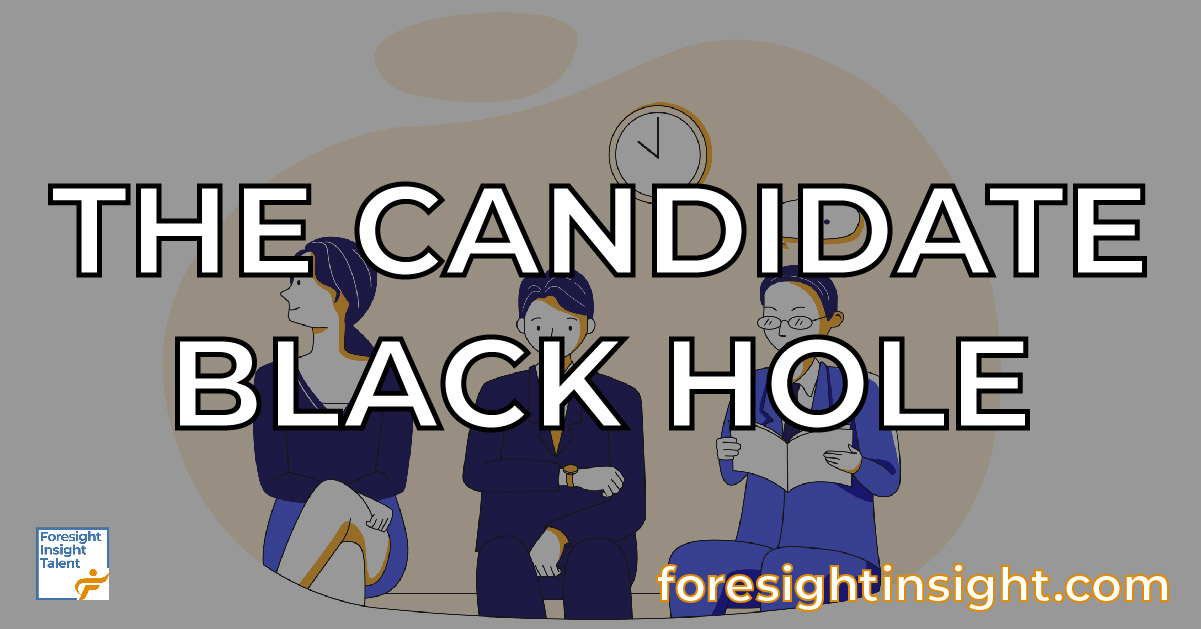Imagine applying for a job on a job board. You’ve found an ideal job. You know you’ll be great. You put your best foot forward and craft an intelligent cover letter and even a targeted version of your resume. You submit it and within minutes you’re delighted to receive an email about the job. Well, it’s just an automated response acknowledging your application.
A day goes by.
A week goes by.
The job is still posted on the website – so is it still open? Seems like it is.
Another week.
Now, a month has gone by.
You’re super bummed because you realize you’ve been sucked into the black hole of recruiting. No response, not a rejection. You wish you at least got a rejection message because you think to yourself that it would feel better to know a definitive answer as opposed to not having any closure.
Now imagine you did get a response – and in fact, you made it to a phone or video interview. Maybe an on-site interview. You got dressed for the occasion. You studied up on the company. You jogged your memory about your experiences that would make you a great candidate for this job. You were ready for the questions they threw at you – and you feel like you nailed it.
They told you they’d get back to you as soon as possible with next steps.
You send a nice thank you follow-up via email.
A day goes by.
A week goes by.
The job is still posted on the website – so is it still open? Seems like it is.
No response.
You’re super bummed because you just jumped into the candidate black hole.
—-
Even the most well-intentioned process, team, or individual can lead a candidate into a black hole.
Why does this happen?
It can happen for a multitude of reasons. I’ve managed recruiting teams in the past and when things bubbled up to me, I’d try to understand what happened and how it happened, in an effort to draw learnings that everyone could benefit from. Turns out, it was often because the recruiter or the hiring manager had too many balls in the air at once and simply had difficulty managing all the various communications that are all at different stages at different times. Particularly when a recruiter or hiring manager had many open roles that they were responsible for all at the same time. Fact is, it’s an easy trap to fall into when you have a lot of candidates in your pipeline. In the earlier years of my career in recruiting-related roles, I’ll admit that I am also guilty of having done this on a small handful of occasions.
I think it’s most often the case that it’s unintentional. Bottom-line, however, is that we always need to remember the time and energy that candidates put into the job search process. And how the simple courtesy of a response or follow-up can go a long way to establishing the kind of impression that you probably would want for the candidate to have about your organization.
Candidate experience is shaped by many factors. The most important, and impactful, ones tend to be the direct communications your organization has with the candidate. The emails. The calls. The interviews. The offer letter. The onboarding process.
I enjoy helping teams with these types of operational challenges. Let me know how I can help elevate your candidate and employee experience.

